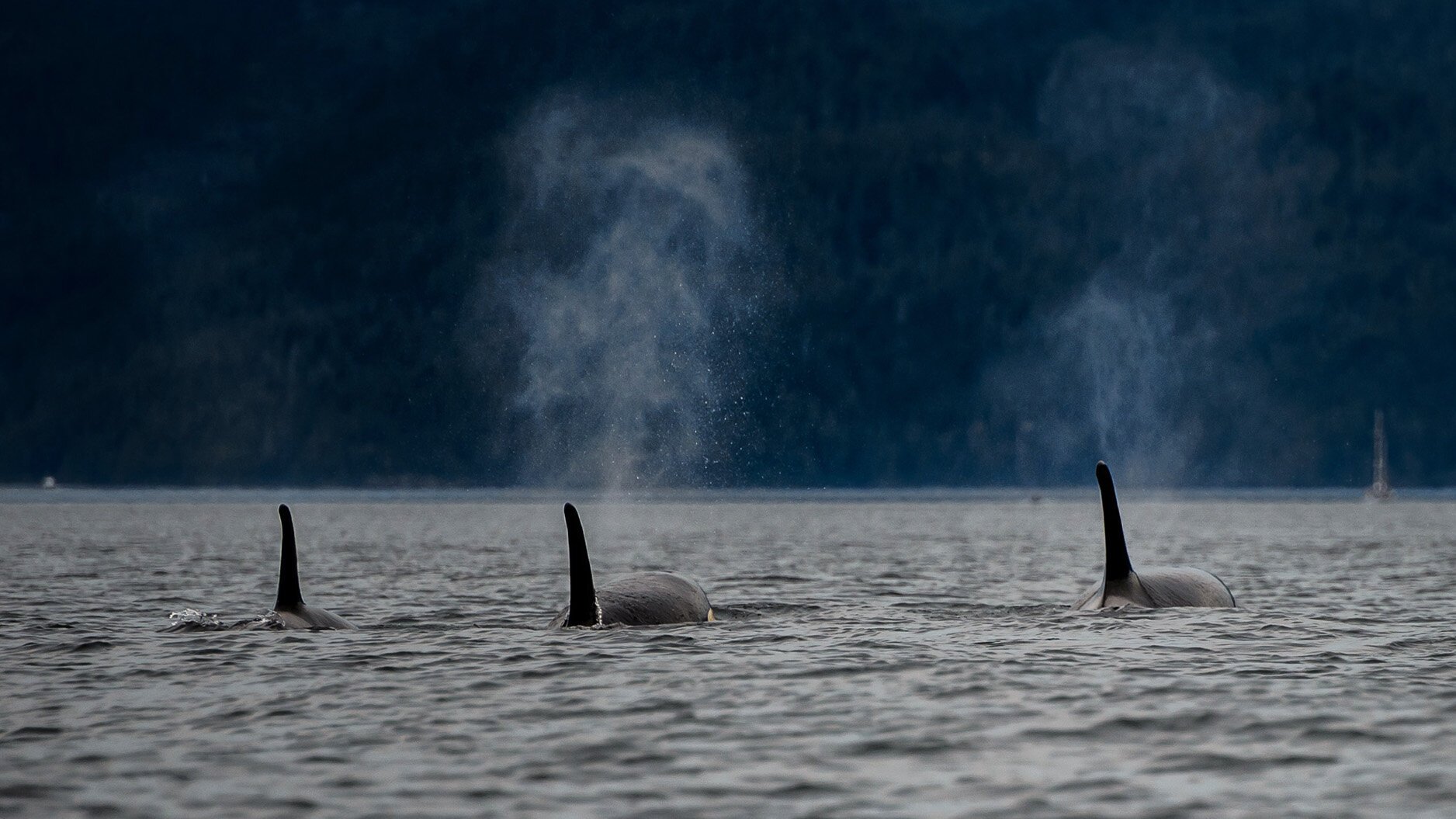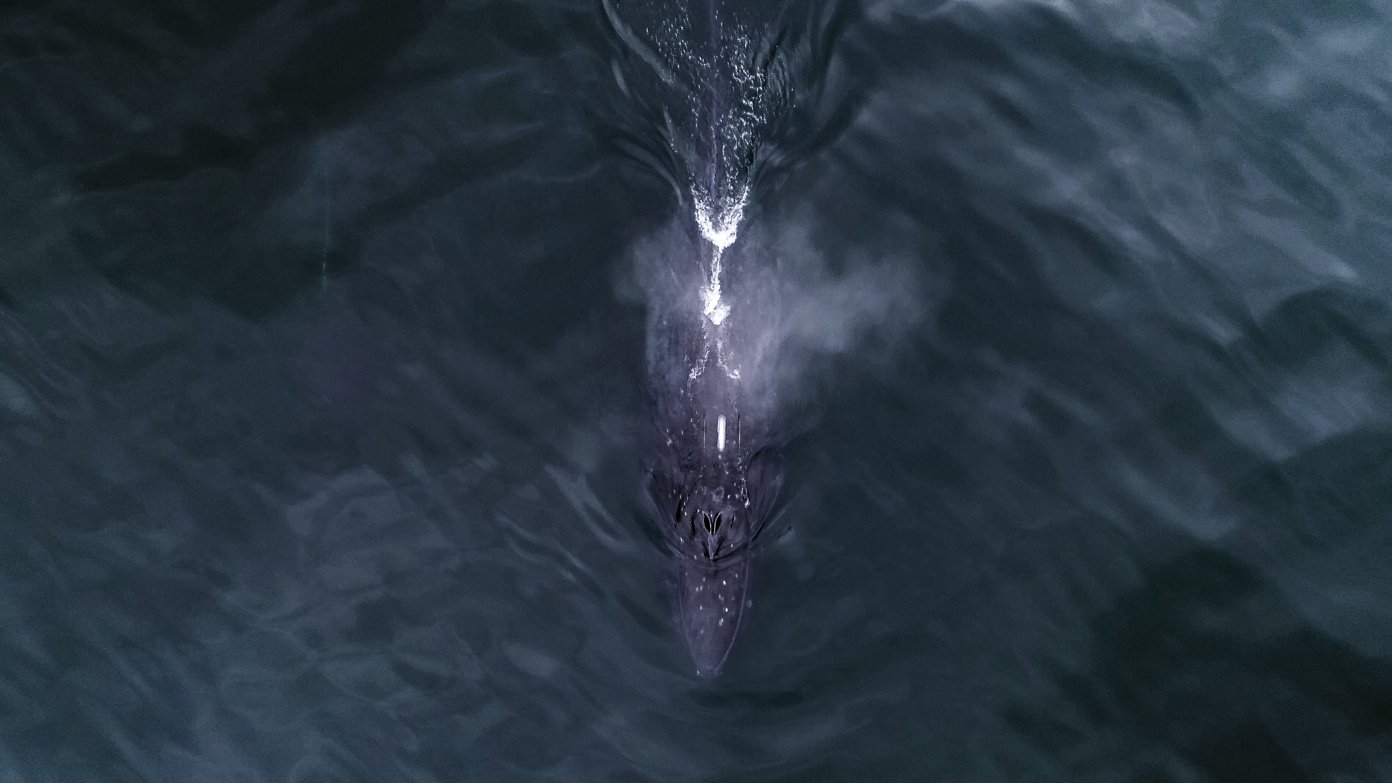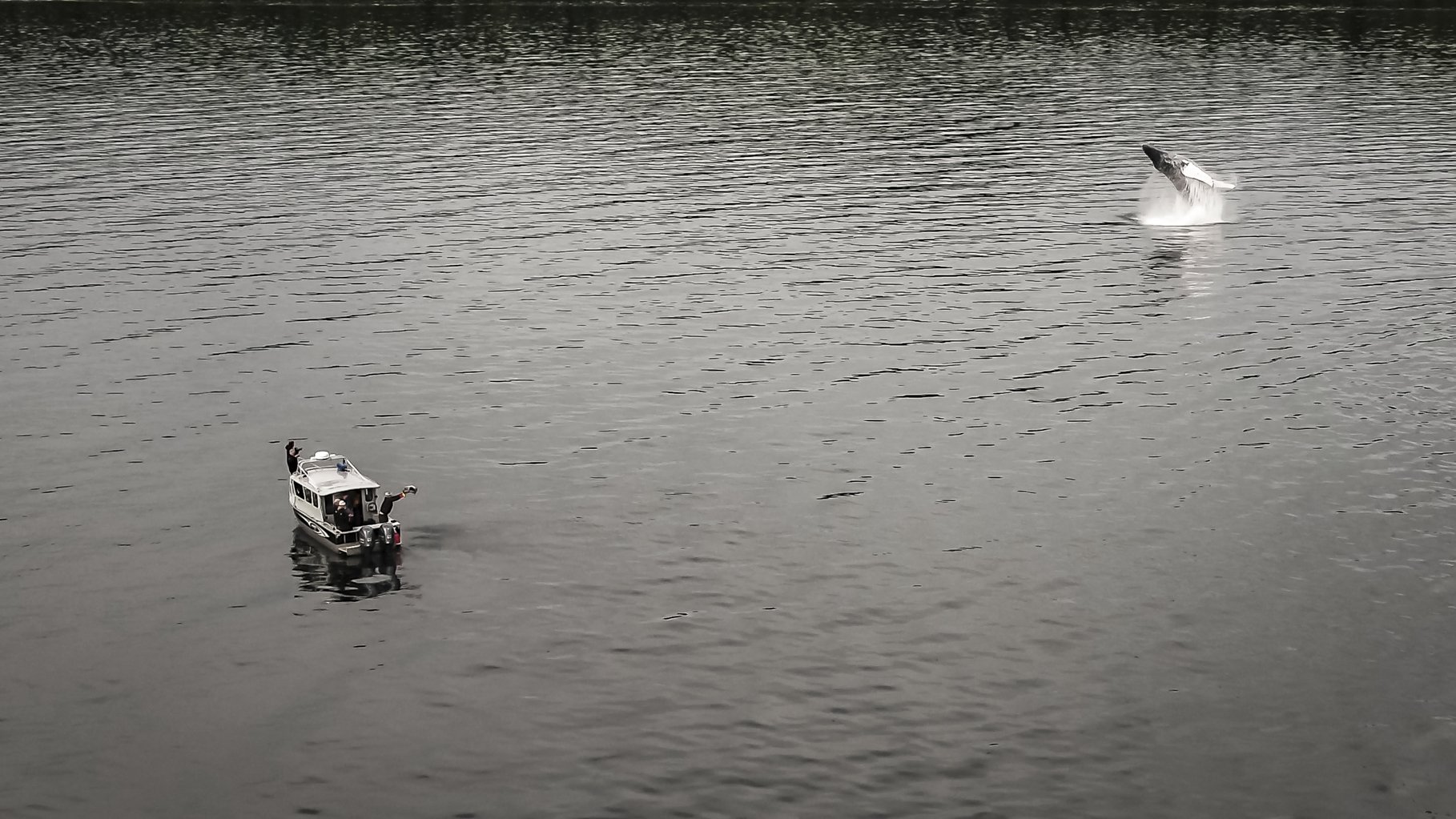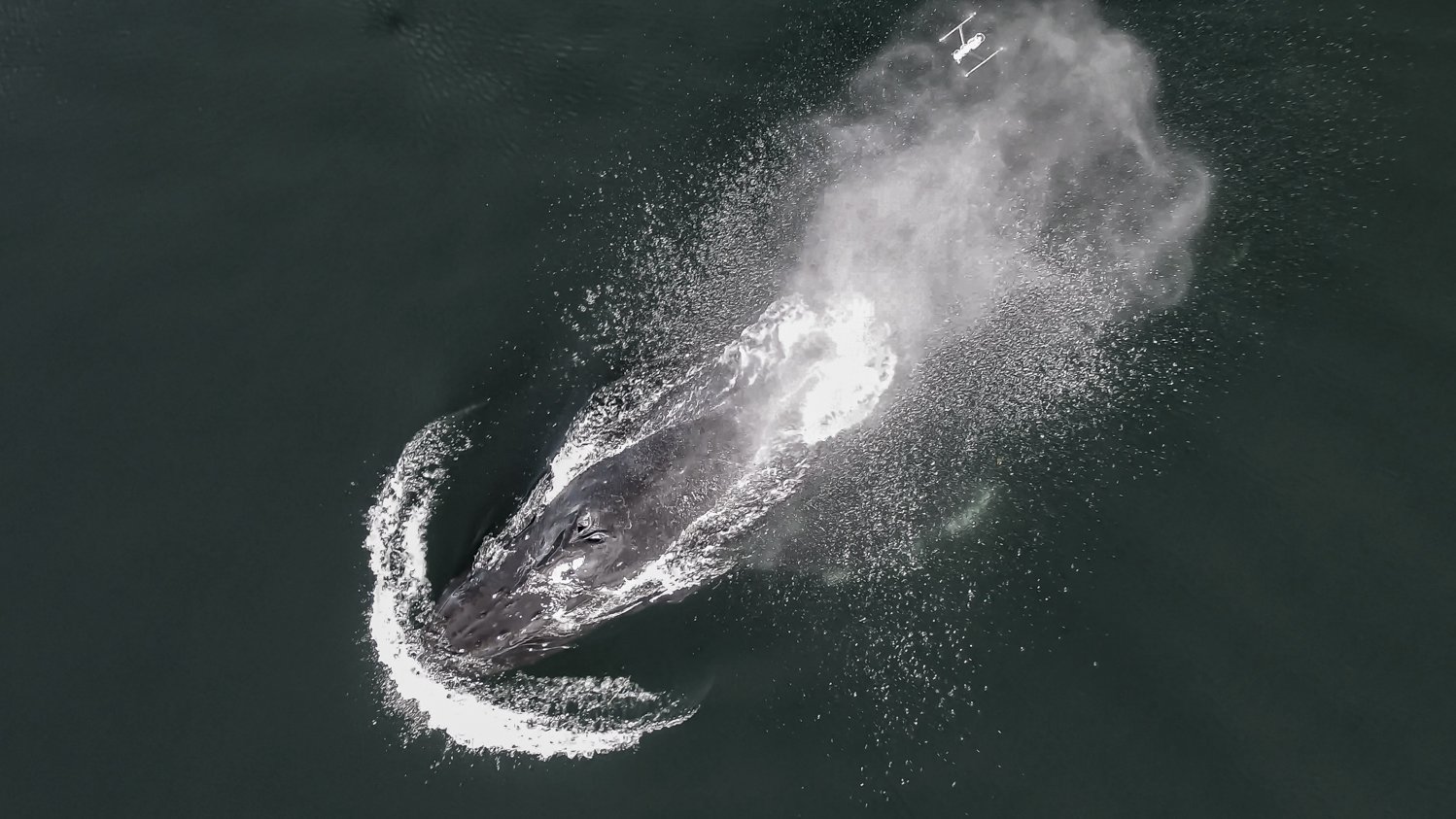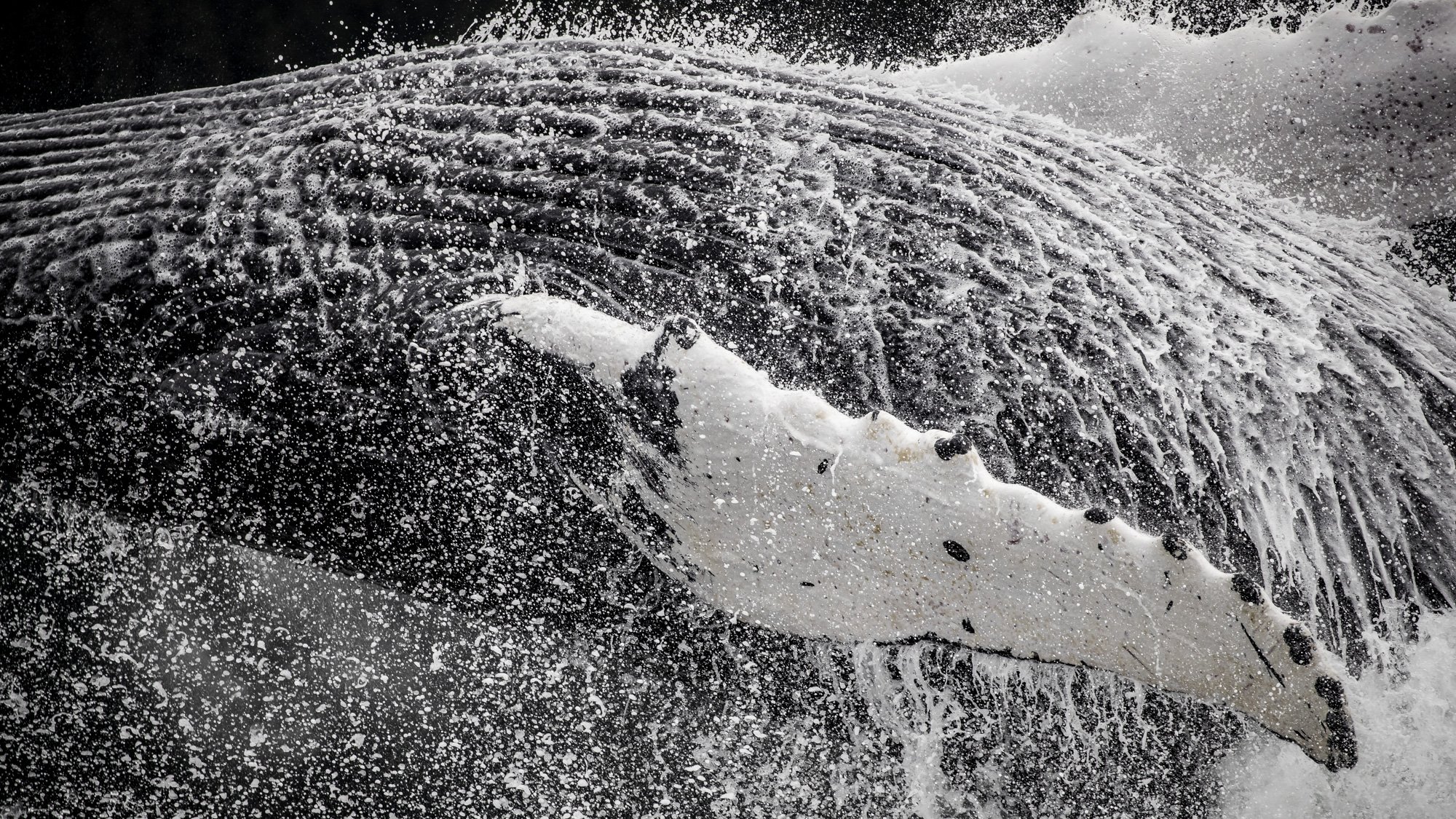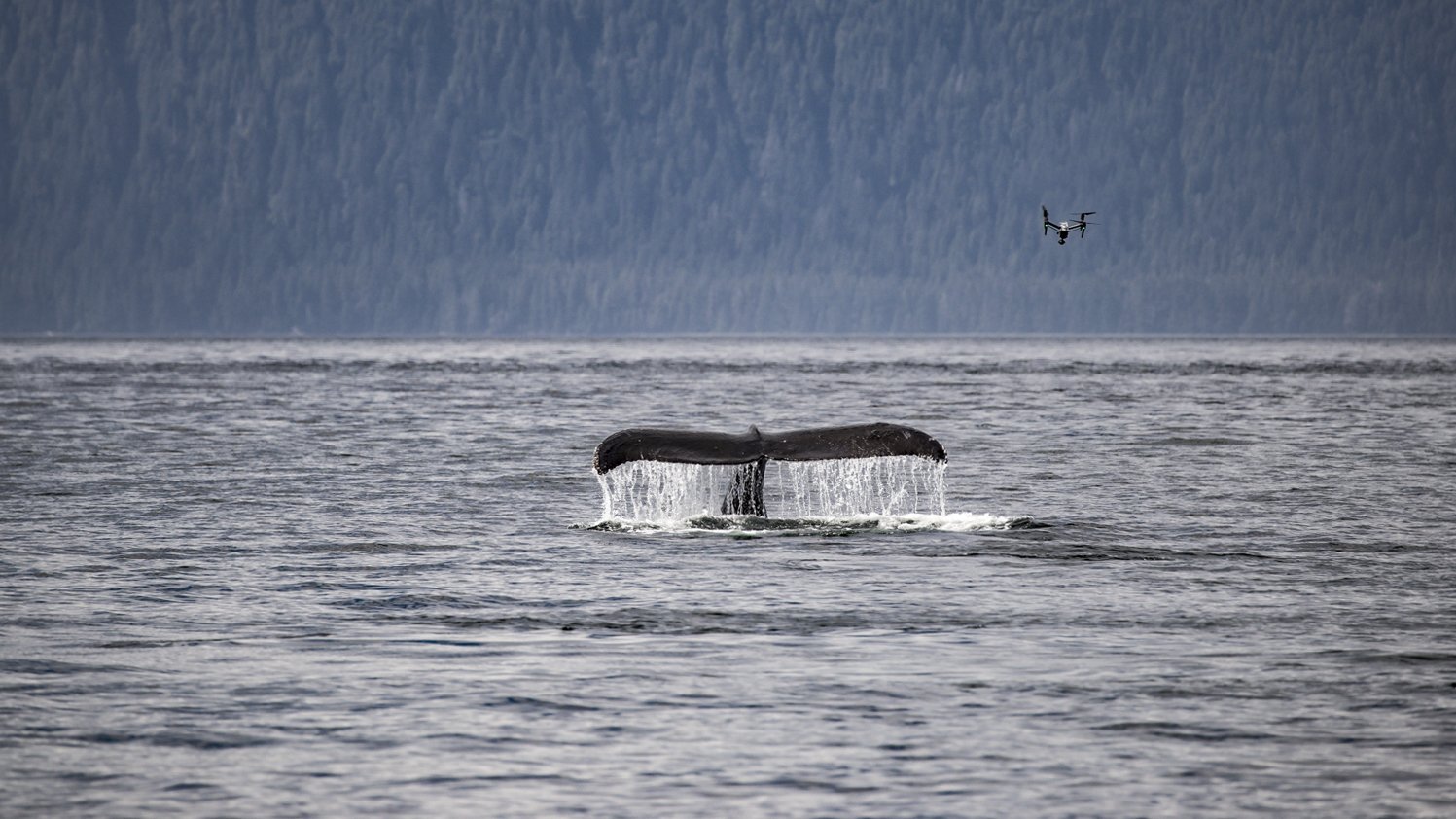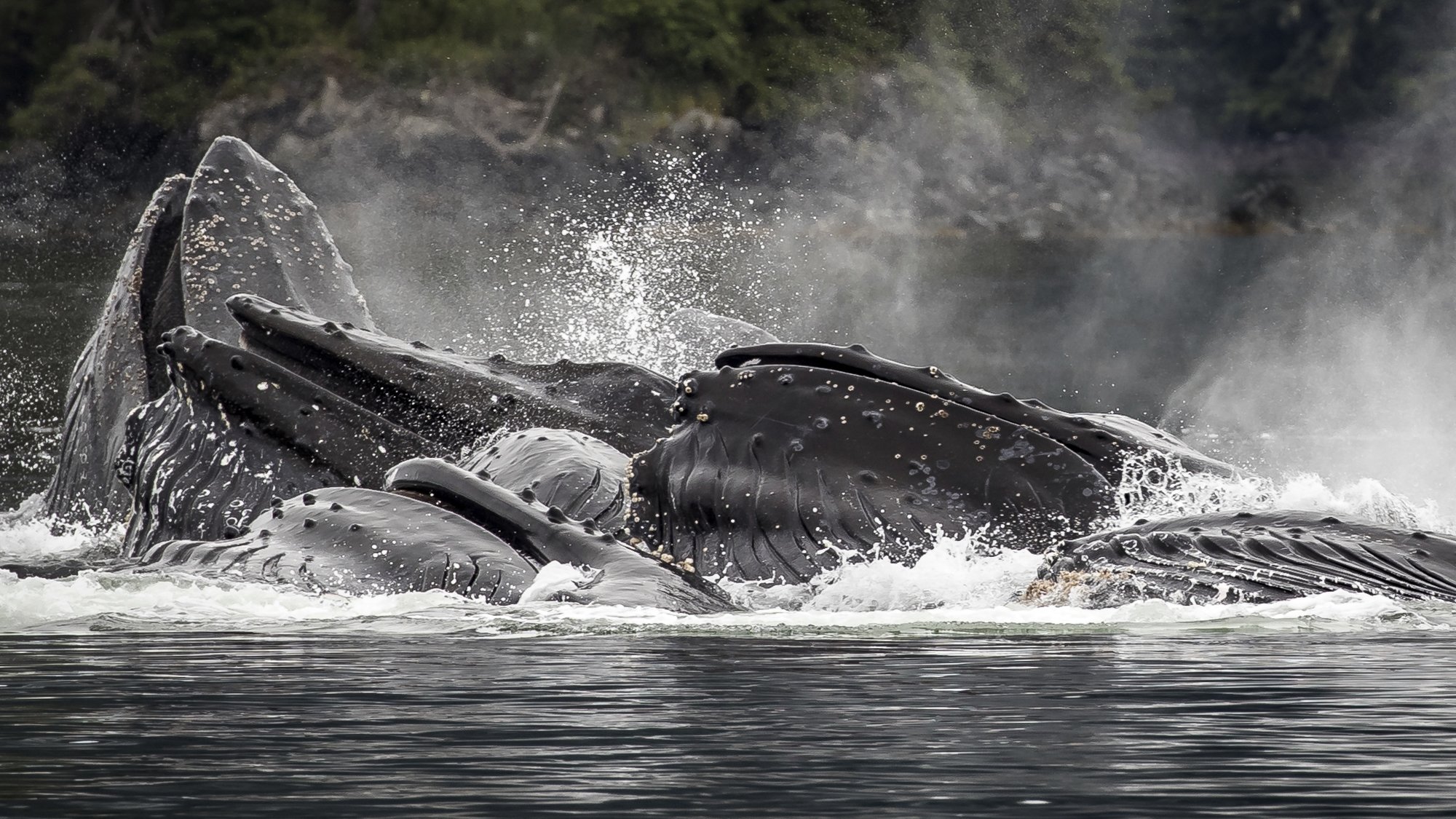Parley SnotBot® – Alaska
Using drones, the SnotBot® team captures exhalations from an orca for the first time during an expedition in Alaska
For a barometer of ocean health, scientists look to marine mammals — and sometimes, their 'snot.' Whales are sentient, intelligent ambassadors from the deep. They are talented communicators, natural recyclers of vital nutrients, and imperative regulators of the life support system that generates more than half of our breathable oxygen. A whale’s blow contains mucus rich in biological data, including DNA, stress and pregnancy hormones, viruses, bacteria, and toxins. With advances in commercial drones, researchers can now collect and analyze this data without the whales knowing. Because you can’t bring a whale to a doctor, Parley SnotBot® expeditions bring the doctor to the whale using new, noninvasive research methods – in this case, the icy waters of Alaska.
How do you measure stress levels in a whale without further disturbing the whale in its rightful home? We know whales are ailing. We know which questions to ask about the causes — noise and plastic pollution, overfishing, ship strikes — but it takes the crucible of science to uncover the answers.
Thanks to advances in drones and cameras, it seems 'extremely rare' images now make the internet rounds on a daily basis. The same gadgets bringing new eyes and curiosity to the sea are also aiding the experts in crucial conservation efforts to understand and protect life within it. It's now possible to capture powerful footage and biological data at once, without disturbing marine species in their natural habitats.
New drones, new whales, fresh perspectives
“We had thought that orca blows would be too small and the drones too big,” explains SnotBot® creator and CEO of Ocean Alliance, Dr. Iain Kerr, “but we did it, with a small drone. Another first!”
In addition to deepening the database with the first orca samples, the Parley SnotBot® crew tested new technologies and data collection systems throughout the nine-day expedition. In a milestone first, a DJI Zenmuse FLIR camera recorded data from the blow and consequent body temperature of a whale. EarBot, the hydrophone-like relative of SnotBot®, was also deployed during the expedition to record marine mammal vocalizations and possible interference from human-driven noise pollution.
The first-ever whale snot collection on live TV
During the Alaskan expedition, Parley SnotBot® was featured on the international “Earth Live” broadcast on National Geographic Channel, a two-hour live special featuring wildlife documented by the world’s greatest cinematographers. Despite challenging weather conditions, the team successfully located a humpback whale and completed a snot sample collection by drone on live TV.
Testing a range of high-end technology in challenging weather conditions yields new insights not just on the whales, but also on the operations and techniques we use to study them. The more we learn, the stronger our data collection systems on future expeditions. That’s good news for the whales, the oceans, and the lives their continued survival supports on land.
Learn more
Read Dr. Iain Kerr's blogs on key learnings and the power of teamwork
A version of this article first appeared in 2017. Images by Christian Miller. Find updates from other SnotBot® expeditions in the Sea of Cortez and Patagonia
Earbot™ and Snotbot® are registered trademarks of Ocean Alliance. US footage filmed under NMFS permit 18636-01.




